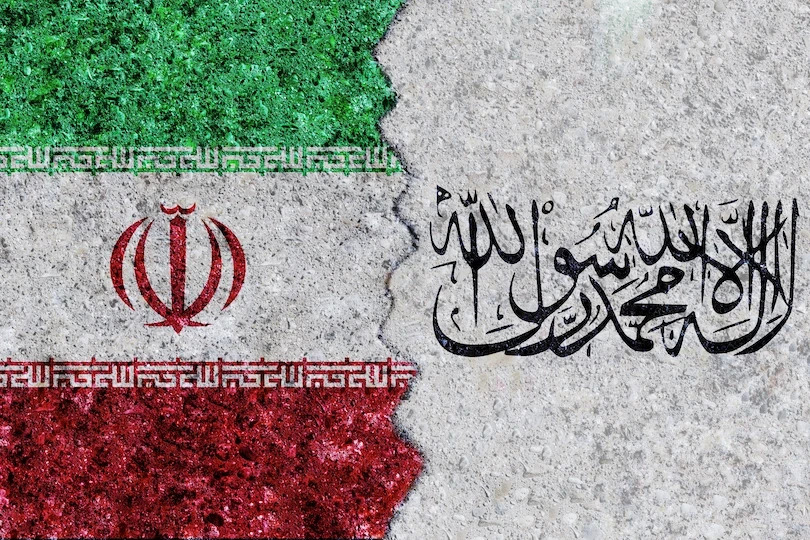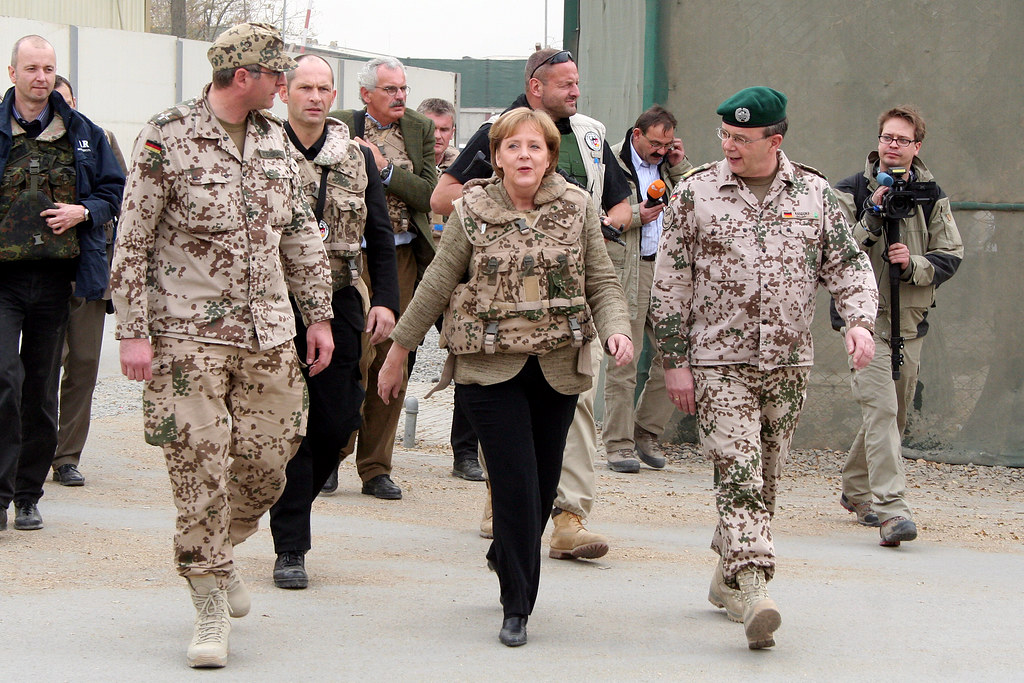The conflicts at the border between Iran and the Taliban have been seen as a precursor to a new crisis worldwide. Following the withdrawal of the US from Afghanistan, the Taliban emerged as a new political and military power in the region and started targeting Iran, which they entered into a conflict of interests with.
The problems between these two neighboring and ancient societies have deep historical roots. Although the people of the region have lived in peace throughout history, they have faced various problems, primarily of a religious and sectarian nature. In the present day, the historical alienation and division have brought these two groups into conflict once again. The enmity between the Taliban and Iran is based on various factors, including political, ideological, and ethnic reasons. Examining these factors under separate headings will provide an important perspective for understanding the problem.
Ideological Differences
Iran stands out as one of the most important countries representing Shia Islam both in society and as a state. At the same time, the country is governed as an Islamic Republic. The Taliban, which has gained prominence and significant power over time in Afghanistan, represents Sunni Islam as a group. The sectarian divide between Shiites and Sunnis, which has a deep history and has caused religious trauma throughout Islamic history, forms the basis of the ideological conflict between Iran and the Taliban.
Ethnic and Cultural Differences
Iran is a country with a rich history where the majority of the population belongs to the Persian ethnic group. The majority of the Taliban in Afghanistan consists of groups identified and classified as Pashtuns. These ethnic and cultural differences between the two communities have historically led to tensions and problems between Iran and the Taliban.
Regional Competition
Both Iran and the Taliban seek influence and power politically and militarily in the Central Asian region. Iran, in order to ensure its border security and counter organizations like the Taliban that could be an alternative power in the region, has supported certain groups and pursued policies to oppose the Taliban and weaken them. The activities carried out by Iran to increase and protect its power in the region have been met with a reaction from the Taliban, and Iran has been seen as a target.
Differences in Foreign Policy
The existing hostility between Iran and the Taliban also arises from the differences in how the two communities view the world. The clash of interests and the different foreign policy goals and strategies of the two groups are also among the most significant reasons for the problems. Iran does not want to see a stable political organization and government established in Afghanistan, especially considering it as a threat to the unity and cohesion of Afghanistan. On the other hand, after a long period of conflict, the Taliban has engaged in intensive struggle and activities with the aim of seizing power in Afghanistan following the US withdrawal from the region. These different strategies and political perspectives escalate tensions between Iran and the Taliban.
Borders and the Refugee Issue
There is currently an intensified flow of refugees between Iran and Afghanistan. After the strengthening of the Taliban in Afghanistan, a significant Afghan population, considering the Taliban a danger to their existence, has migrated to Iran and sought migration towards the West and Turkey through Iran. Iran considers the influx of refugees from Afghanistan to its borders as a security issue and is concerned about it.
The Role of the US
After the US invasion of Afghanistan, the Taliban, which had to fight against the superpower US for a long time, remained isolated and could not develop significant relationships with its neighbors in the region, especially Iran. However, the recent withdrawal of the US from the region, leaving behind a significant amount of military equipment and weapons to the Taliban, has made the Taliban an important power in the region. With its military power, the Taliban has quickly become a threat to Iran.
Fighting against Terrorism
The Iranian government officially recognizes the Taliban, operating in Afghanistan, as a terrorist organization and follows counter-terrorism policies towards the Taliban. Especially considering the Taliban’s connections with Sunni extremist groups, it is seen as a significant threat to Iran, which has a Shia population. This sectarian divide, with its historical roots, has led both communities to perceive each other as enemies and the “other”.



